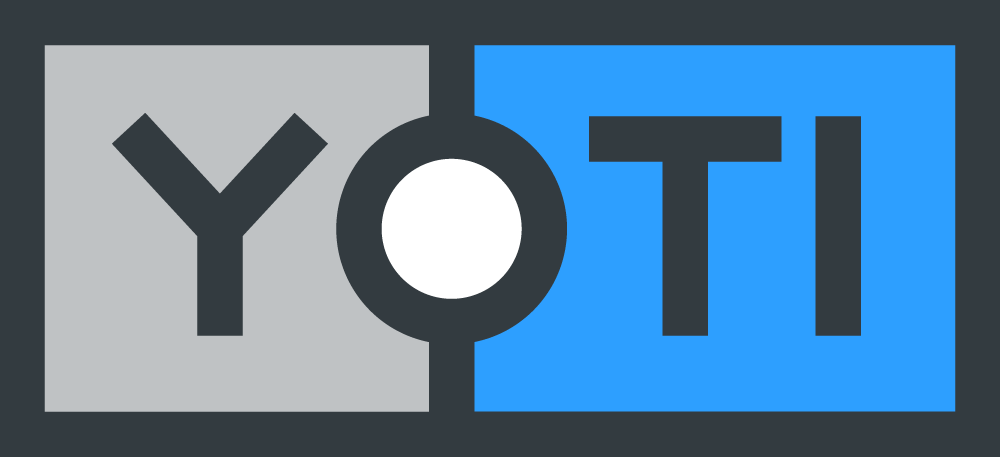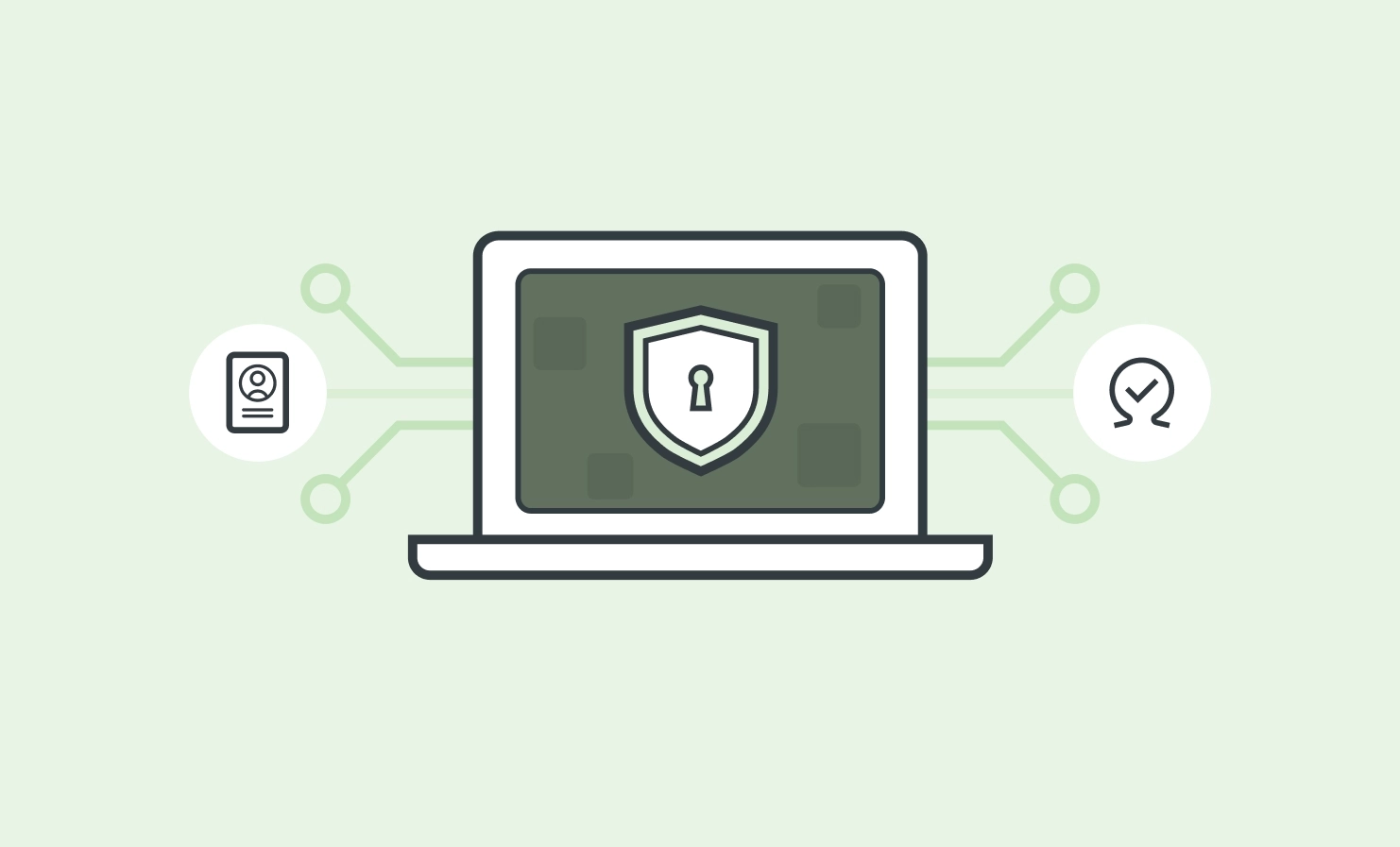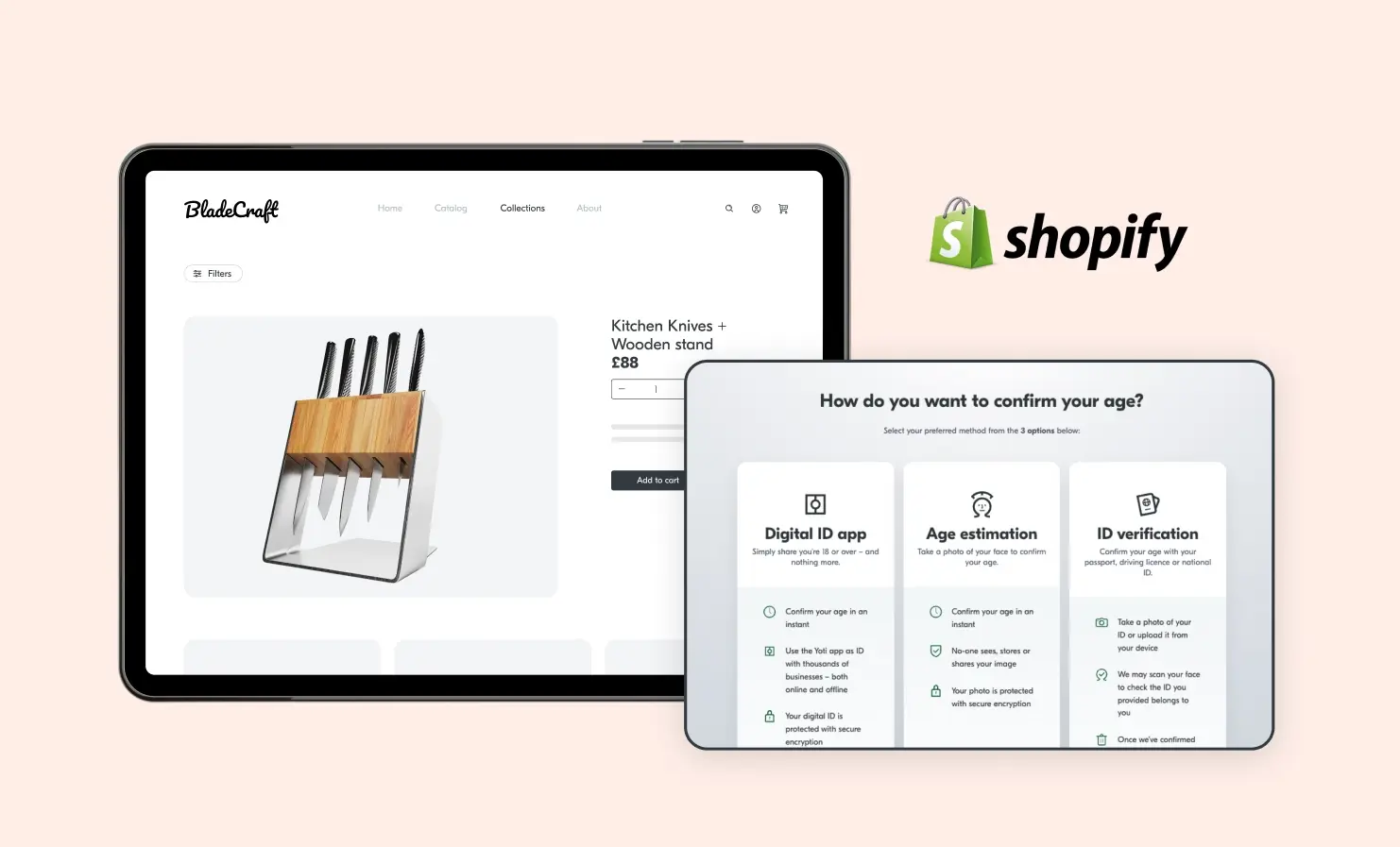
Today marks a major moment for the internet in the UK: the country’s new Online Safety Act officially comes into force, bringing in a new chapter of accountability for digital platforms and service providers. From social media and gaming, to porn and dating, we’re pleased to be supporting platforms with highly effective, robust and privacy-preserving age assurance solutions.
The legislation requires platforms to protect children from harmful or inappropriate content, prevent underage access, and build safer digital environments. Yoti’s age assurance technology is helping platforms to meet these new standards whilst protecting user privacy and anonymity. We’ve also been trusted by major brands for years – long before the Online Safety Act came into force – to deliver effective age checks, including OnlyFans, Instagram, Facebook and Yubo.
Yoti offers a number of highly effective age checking methods, including AI-powered facial age estimation, reusable Digital IDs, reusable age tokens, and ID document verification. We give platforms the flexibility of offering these methods in the way that works best for their service and users, including through our patent protected technologies1. Yoti’s solutions are independently tested, accessible across devices, and built to work at scale – already handling millions of age checks monthly for global brands.
Thoughts from our CEO and Chief Policy & Regulatory Officer
Robin Tombs, CEO of Yoti said, “The Online Safety Act sets a new bar for protecting children online. We’re proud to help some of the world’s largest platforms meet these new legal duties in a way that’s secure, scalable and respectful of user privacy and anonymity. With more than 850 million age checks behind us and a million more each day, we’re ready to help the industry keep young people safe.
The majority of adults choose our facial age estimation to quickly and easily prove their age. For those estimated below the threshold, they can use our privacy-preserving Digital ID app or share their age from an official ID document. As age checks become more common, over 1 in 4 people are using a reusable age token or Digital ID to anonymously prove their age. We’re proud to be protecting children online and introducing people to privacy-first age solutions – because online safety shouldn’t come at the cost of privacy.”
Julie Dawson, Chief Policy & Regulatory Officer at Yoti said, “As the Online Safety Act comes into force, we support the government’s commitment to protecting young people from harmful content and believe that privacy-preserving and reusable age assurance technologies are essential to achieving this.
“Age assurance is an important tool that helps platforms deliver age-appropriate experiences while respecting user anonymity. We’re proud to work with platforms, regulators and industry partners to deliver robust, scalable and trusted solutions that balance safety and privacy. Today is just the start though. The Online Safety Act sets the stage for a safer digital world – but trust and safety must be built daily through action, transparency, accountability, and a shared commitment to protect young people.”
1 Yoti’s age check services include patent-protected technology that relates to a process of authorisation by combining detecting the human characteristics of a living person at a terminal, which are then used to estimate age and liveness, failing which there is a verification of an age-related identity attribute such as a digital ID or an ID document. For further details of Yoti’s patents please go to www.yoti.com/patents/



